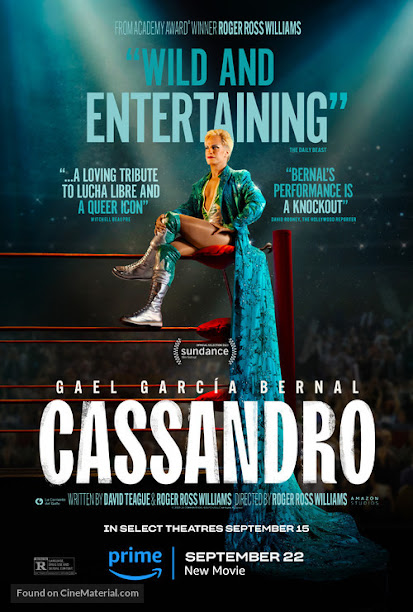“The New Boy” is a luminous work of art that embodies a cultural crossroads, faith, and magical realism in Australia.
During WWII, two Australian military officers captured an Aboriginal child fighting ferociously for freedom in the plains. They turned him over to a nun-run monastery in the middle of nowhere, where they wanted to “westernize” him. In the remote facility, children were prepared to be incorporated into the workforce to produce goods for the international conflict.
 |
| Asan Reid plays extraordinarily well as “The New Boy.” |
Newcomer Asan Reid plays extraordinarily well as “the boy with no name.” On the farm, everyone calls him New Boy.
Even if no one trusts him, his noble inner strength is ready to do good, including for those who look at him differently and bully him.
New Boy is spiritually connected to the world, the land, and all the creatures of the animal kingdom.
Sister Eileen is connected to the mystical aspect of the story. She is a liberal and unorthodox Catholic nun who leads the convent and is both principled and well-organized. Academy Award-winning actress Cate Blanchett delivers an outstanding performance as the spiritual leader of this unique and intriguing place, showcasing a wide range of emotions, from leadership to vulnerability.
As this unique, magical tale unfolds, the perfectly determined character arcs reflect both the archetype and the plot. Their natural evolution, internal conflicts, obsessions, goals, and adversities are easy to follow.
The magic possessed by the New Boy illuminates the story. The religious elements serve as symbols of inspiration for some and oppression for others, creating a sense of unease due to the clash of both cultures, both visually and politically.
“The New Boy” boasts an outstanding cast, featuring Deborah Mailman as sweet Sister Mom and Wayne Blair as George, alongside Cate Blanchett’s lead and Asan Reid as the new boy.
Other outstanding movies where children are removed from their natural environments and placed in strange settings, leading to their distress and isolation, include last year’s Oscar-nominated narrative short produced by Alice Rohrwacher and Alfonso Cuarón, “Le pupulle,” “Cándida,” written by Nobel Prize winner Gabriel García Márquez, and the Oscar-nominated Nicaraguan feature “Alsino and the Condor.” “The Painted Bird” tells the story of a Jewish kid wandering alone in the midst of a conflict zone during WWII. “Tigers Are Not Afraid” is a Mexican feature in which orphaned children from the war on drugs struggle for survival in a dystopian land. New Zealand’s internationally successful road movie “Hunting for the Wilderpeople” is a comedy directed by Taika Waititi, featuring a troubled kid who runs into the wild with his step-grandfather.
The director and cinematographer Warwick Thornton (DP on “September of Shiraz,” “Samson & Delilah,” and “Sweet Country”) was also in charge of photographing “The New Boy.”
Warwick Thornton presents a sumptuous and stunning visual work with vast, breathable landscapes and dramatic interiors. Chiaroscuros accentuate religious motives, giving the proper lighting balance to this remarkable project based on the director’s childhood experience.
“The New Boy” was shot in South Australia, in the same region where Cate Blanchett started acting in the 1996 Australian movie “Parklands,” produced by her husband, Andrew Upton. Twenty-five years later, Cate returns to her homeland and stars in this new period drama directed by Dirty Films, her and her husband’s production company.
A difference between the 1994 French film “Little Indian, Big City” and the 1997 American remake “Jungle to Jungle,” “The New Boy” maintains the purity of the boy’s nature until his soul gets corrupted by the religiosity of a baptism in the Catholic faith. The magical realism presented in the film is more intrinsic than in 2015, “Little Boy” by Alejandro Monteverde (“Sound of Freedom”).
The ideal image of a harmonious blend of cultures in Australia is scrutinized in “The New Boy,” as the nation works to confront its colonial past with the Aboriginal people and to the rest of the world.
Padre Pio: Shia LaBeouf Internal Transformation
Troop Zero: Young Earthlings on an Astounding Mission















